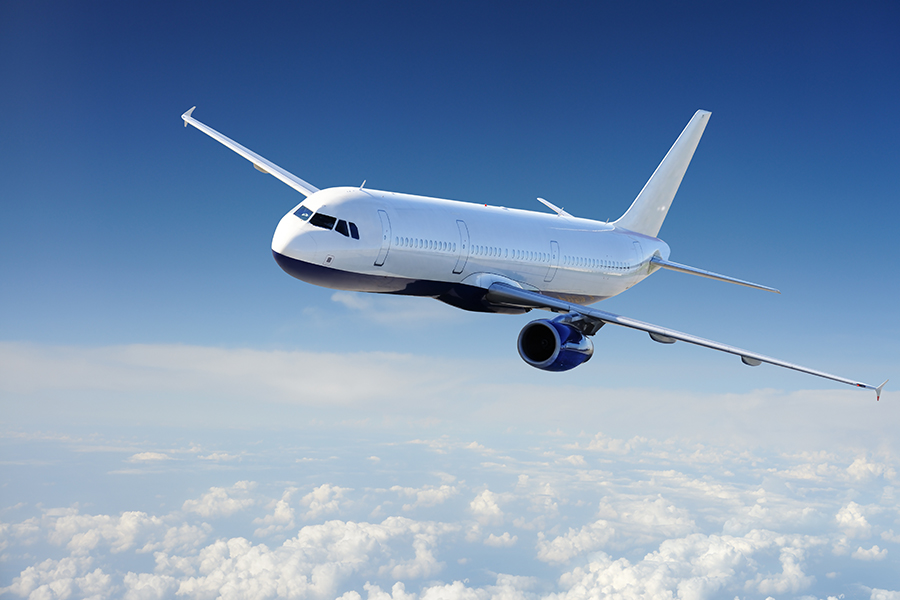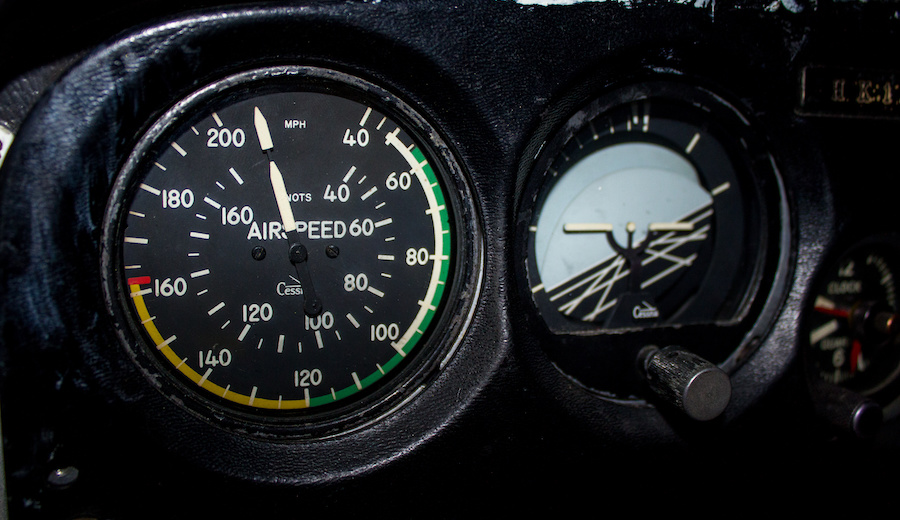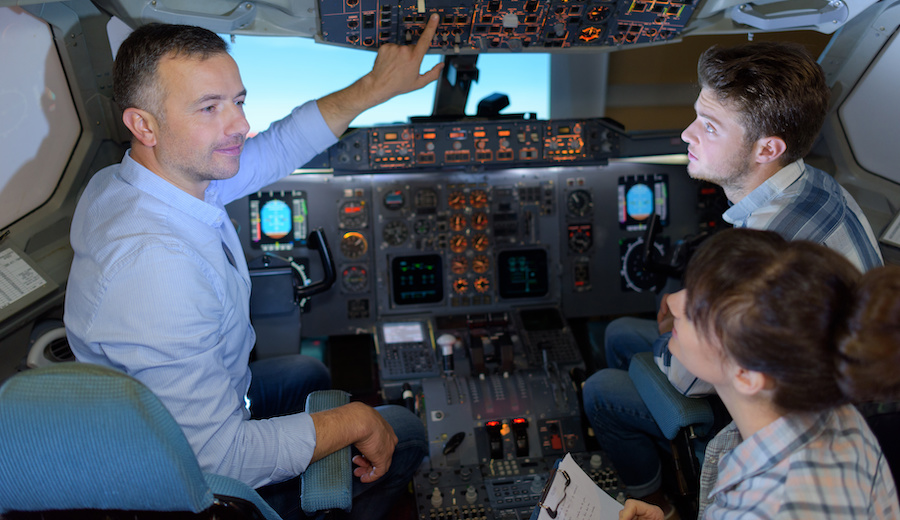Obtaining your Private Pilot certificate opens doors to experiences that you will never forget. However, getting your license is no walk-in the park and will require proper planning and hard work to achieve, particularly if you work full time.
This article will examine and explain the ten most common roadblocks to becoming a private pilot and provide advice on avoiding them.
Remember, if you fail to plan, you plan to fail!
Money
Unfortunately, flying is an expensive endeavor. A Private Pilot certificate will cost approximately $10,000 on average, depending on the flight school. This heavy sum of money includes the cost of obtaining a Student Pilot License (SPL), a medical certificate from an Aviation Medical Examiner (AME), ground school, the written exam, flight training, the Private Pilot test itself, and miscellaneous training supplies.
Depending on if the flight school operates under part 141 or part 61, the minimum flight training time required to receive a Private Pilot certificate is 35 to 40 hours. Most students will need more hours than the minimum requirement, meaning that the quote you receive from the flight school will likely be lower than what you will end up spending.
Be sure to factor in other costs you may incur as well, such as fuel costs from driving to and from the airport and delays you may incur due to weather or aircraft maintenance.
There are ways of minimizing the cost of training, however.
If you plan on funding your training as you progress instead of paying upfront, note that if you are forced to take a break from flying to procure more funds, you may end up spending more in the long run. Your flying skills and knowledge will degrade from extended periods of inactivity, which may require you to undergo more training than you would’ve needed if you continued with your training without taking a break. Flight schools may also provide a significant discount for upfront payments. Delaying your training to save up for flight school, as agonizing as it may be, will more than likely save you a substantial amount of money and prevent unnecessary stress.
With some research, you may also find a flight school that provides a competitive price. However, before sending your hard-earned cash to the flight school, do your research to ensure that the flight school is reputable and will meet your expectations. You will find that there are differences between flight schools regarding professionalism, integrity, instructor quality and availability, and aircraft. Sometimes, a more expensive flight school may save you time, money, and headaches down the road!
If training is too expensive and you have aspirations to become a professional pilot, consider joining the military. When enlisted (whether in the Navy, Marine Corps, or Army, which all have aviation divisions, or the Airforce), the military will pay for all of your training.
Time
Learning to fly is not easy. Fun? Most definitely. But not easy.
Obtaining your Private Pilot License will require you to devote a significant portion of your time to learning and refining skills related to the aviation environment, aviation law, weather, the aircraft, and the physics of flight.
If you work full time, understand that you will be sacrificing a large portion of your off time to fly (which is fun) and study (not so fun).
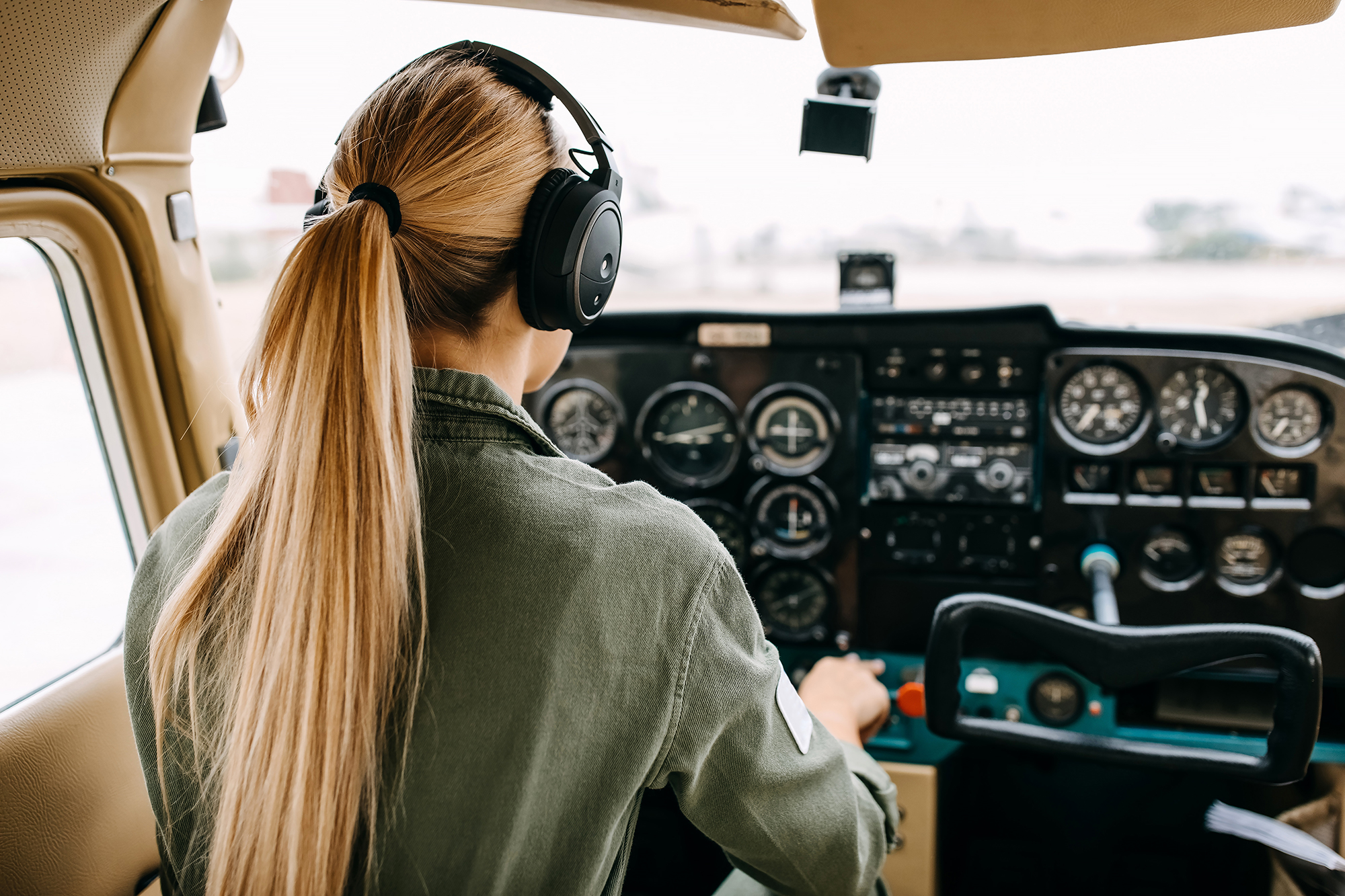
A reasonable goal is to have two lessons per week. This schedule will allow you, depending on your progress, to finish your training in approximately six months. Full-time students can complete their training in a month or so.
You should consider, if able, taking an extended period of leave from your work to fly full time, allowing you to receive your Private Pilot certificate within a shorter period and more than likely saving you money and inconvenience in the process. Consider it an aviation holiday, with a lot of work involved. If you decide to train full time, choose a period during the year when you are likely to experience good weather, as any delay in your training may cause issues with your schedule.
The secret to completing your Private Pilot certificate in a reasonable amount of time with as little hassle as possible is simply time management. Discuss your specific time constraints with your flight school and instructor, and work out a schedule that will suit you and keep you committed during your training.
Exams
The Private Pilot certificate written exam is not necessarily challenging but can be overlooked as you progress with your training. The exam consists of 60 multiple choice questions, of which at least 70% must be answered correctly to pass.
Spending extra time to prepare for your Written Exam will help later on with your checkride. Make sure you know when you will take the test, and study accordingly with that specific date in mind, even if it is unconfirmed.
Pilot Institute offers a comprehensive online ground school.
The second exam you will have to take is the Private Pilot practical test, which includes an oral exam and flight with a Designated Pilot Examiner (DPE). The Private Pilot practical test is more complex than the written exam but not at all impossible. Once again, the key is preparation. An instructor will authorize you to take the test, so rest assured that you will not be left to the mercy of the DPE if you are not ready.
The Medical Certificate
To fly an airplane, you will be required to meet medical standards. Unfortunately, some health issues may prevent you from obtaining the medical certificate needed to receive your Private Pilot certificate. A third-class medical certificate is required for the Private Pilot certificate.
Conditions such as color blindness, heart disease, and even trivial conditions such as chronic allergies (allergy medication causes drowsiness) may prevent you from passing your medical examination.
A common misconception is that you are required to have excellent, uncorrected eyesight to be a pilot. The reality is, for a Private Pilot certificate, you only need 20/40 vision, with or without correction.
These restrictions are intended to ensure that you can safely pilot the aircraft, thereby protecting your passengers and those on the ground.
If you have a medical condition that may be an issue, rest assured that aviation medical professionals will review your case specifically to determine if you will be able to receive your Private Pilot certificate, perhaps with certain restrictions.
Seek the advice of an Aviation Medical Examiner (AME) if you believe that you may not be able to meet the medical standards required.
The Weather
Depending on where you receive your training, the weather may significantly influence how quickly you complete your training.
For the Private Pilot training course, you will be required to fly in Visual Meteorological Conditions (VMC), which means that you will not be able to enter clouds or fly in fog, for example. Strong winds may also play a role in delaying your training, as high wind speeds and turbulence may prevent you from flying, as you will have little experience flying in these conditions.
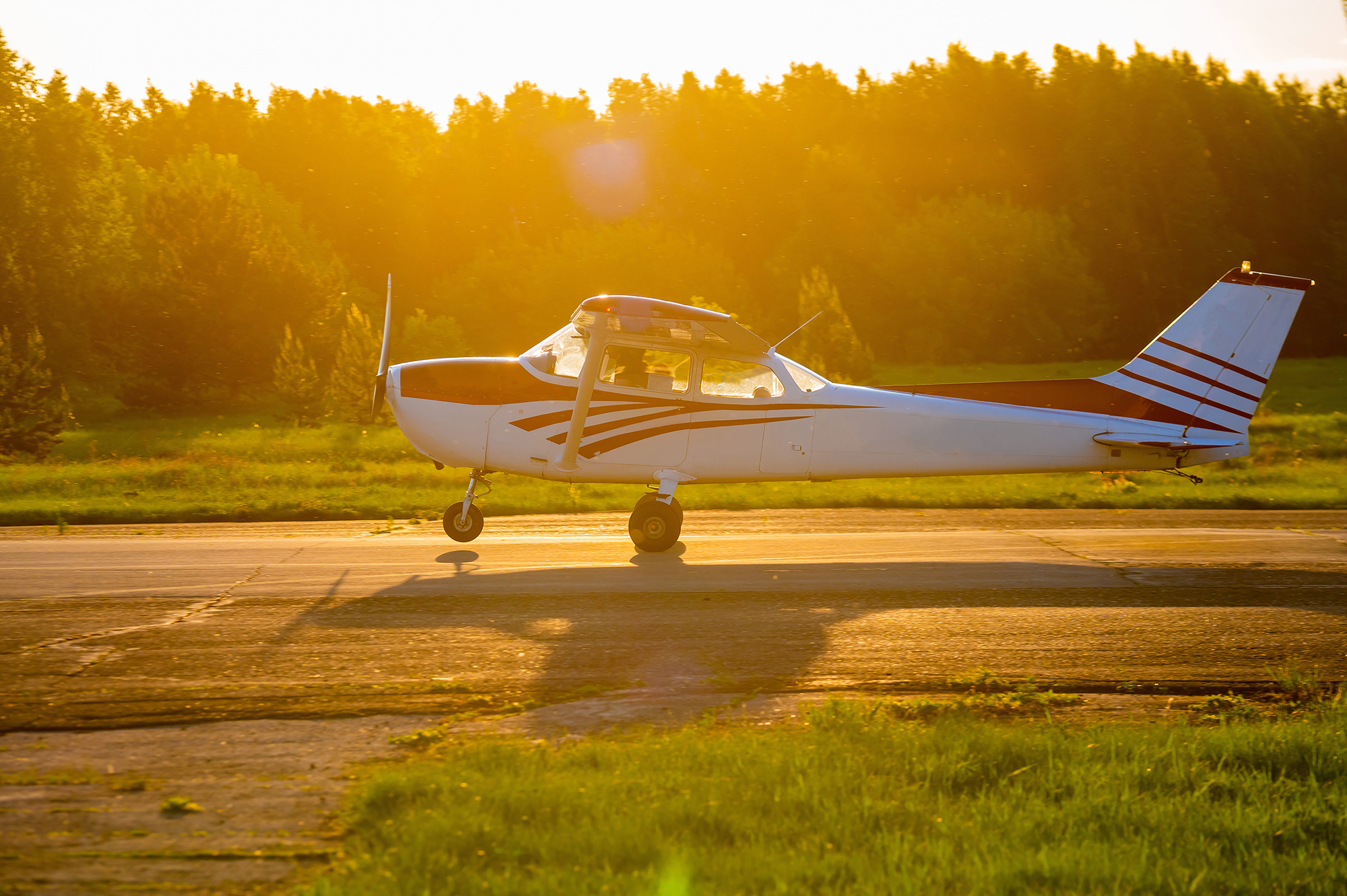
Unfortunately, try as you might, you will not be able to control the weather (If you find a way, please let us know!). What you can do, however, is work around it.
A good example would be high wind speeds and turbulence. In some locations, winds will generally be calm and condition smooth in the morning, with wind speeds and turbulence increasing throughout the day. Use this to your advantage and plan to fly in the morning, if possible.
Take note of the weather forecast and do not book flights on days that you are unlikely to fly, as you will waste time commuting to the airport, briefing, and preparing the aircraft, only to cancel the flight and go home. Instead, plan to use these bad weather days to study or continue with other aspects of your training.
When it comes to mother nature – Work with her, not against her, and you will see your training delays drastically minimized.
Location
Depending on where you live, there may not be any suitable flight schools nearby. This will force you to commute to your flight school, which will add a considerable amount of time (and expense) to your already time-intensive and expensive training program.
If possible, consider temporarily relocating to an area closer to your flight school. Living nearby will save you mountains of time and money, not to mention stress.
Another option may be hiring your own private instructor, who will provide you with training closer to where you live. Hiring a private instructor may not always be logistically possible and may be more expensive, but it will eliminate the need to commute or relocate for most of your training.
Aircraft Issues
Like the weather, you cannot personally control when an aircraft is not serviceable, which is a significant source of frustration.
Even when the aircraft is airworthy, you may encounter issues with faulty or non-functioning equipment, further complicating your training.
The best means of minimizing the chance of delays or inconvenience to your training is extensively screening the flight school. Flight schools with older aircraft will tend to experience more issues with aircraft serviceability. Flight schools with relatively new aircraft may also experience problems with their airplanes if their aviation maintenance division is sub-par.
Contact previous students who have had training at the flight school and ask them about their experiences. This will provide you with a good indication as to the quality of the flight school.
Considering this, aircraft, like any complicated machine, sometimes break, regardless of age and maintenance standards. If you are confident in the flight school you have chosen, do not become discouraged if you have to delay your training slightly due to aircraft issues.
Age
A very concrete roadblock to becoming a pilot is your age. To obtain your Private Pilot certificate, you must be at least 17 years old. To fly solo, you must be at least 16 years old, and to take the Private Pilot written exam, you must be at least 15 years old. It is important to note that you will have to complete the practical Private Pilot test within 24 calendar months of passing the written exam.
Unfortunately, there is no exception to this rule, and as such, if you are too young, your only option is to be patient and wait for the birthday candles to arrive.
Criminal Background
A criminal background check is performed by the Transportation Security Administration (TSA) and must be approved before you are issued a Student Pilot License.
A criminal record will not necessarily prevent you from obtaining a Private Pilot certificate, but a serious felony will disqualify you from being eligible.
If you have a DUI on your record, you can still receive a Private Pilot certificate, but you will face delays as the circumstances surrounding your DUI are investigated. Multiple DUIs will significantly reduce your chances of successfully obtaining a Private Pilot certificate.
You are disqualified from obtaining a pilot license if you have any of the following felonies (including a conspiracy or attempt) on your record:
- Murder
- Sedition
- Terrorism
- Espionage
- Unlawful dealing in an explosive or explosive device
- Illegal transportation of a hazardous material
- A transportation security incident
If you have been released from incarceration within five years of applying for the Student Pilot License, these crimes (including a conspiracy or attempt) are also disqualifying:
- Extortion
- Fraud
- Smuggling
- Robbery
- Arson
- Bribery
- An immigration violation
- Illegal use of a controlled substance
- Kidnapping or hostage-taking
- Voluntary manslaughter
- Unlawful use of a firearm
- Assault
- Aggravated sexual abuse
- Assault with intent to kill
- Robbery
- A violation of the Racketeer Influenced and Corrupt Organizations Act
Lack of Instructor Availability
Sometimes you may find that you and your instructor’s schedules don’t align. In larger flight schools, an instructor will have multiple students, often in different stages of their training, which may limit the flexibility they have when it comes to your flight training.
Be honest and open about your needs as a student, and ask the flight school if your expectations are realistic for their operation.
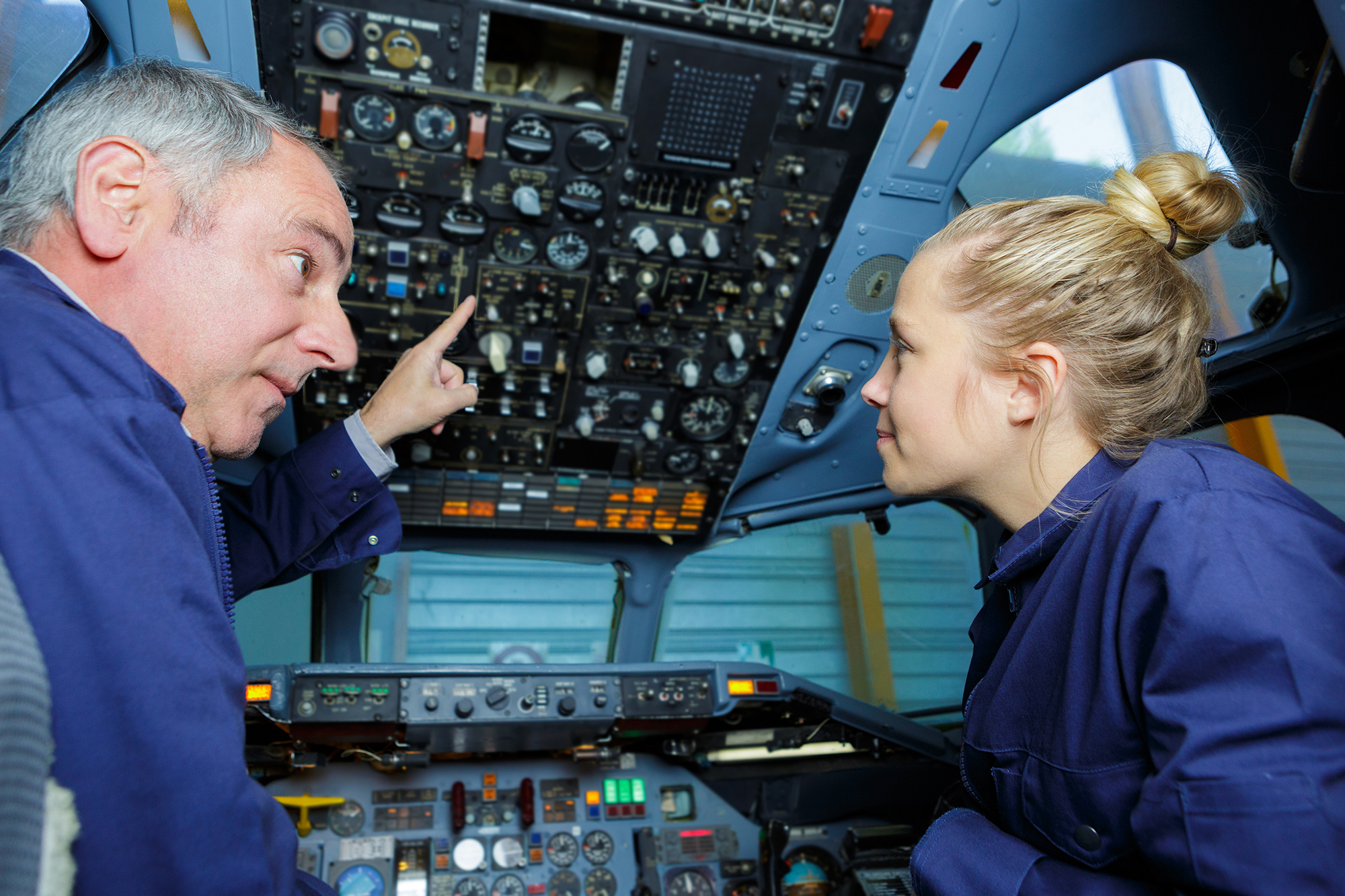
Keep in mind that if you have been honest about your needs and the flight school has accepted them, and you find that they are not accommodating you, raise this issue immediately. You are a paying customer of their establishment, and if you find that you are not being treated well or their training is not up to standard, consider moving to a different flight school.
Before you settle on an instructor, get to know them first. If you have a good connection, begin flying with them. Only after you have flown with them multiple times will you know if they are right for you. There are not many inherently bad instructors, but everyone has their own personal style of instruction suited to a particular type of student.
Conclusion
Obtaining a Private Pilot certificate is an achievement, not without hard work (and money).
Remember that almost every roadblock is, well, just a block in the road, waiting to be cleared. By planning ahead, you will avoid most issues you may encounter on your journey to obtain a pilot license.
If you do encounter issues, make them tell you no, then ask again. You can do it!

 @pilotinstituteairplanes
@pilotinstituteairplanes

